Calcium and boron can increase drought resistance
quinta-feira, março 31, 2022
Ariana Forand, a master's student at the Faculty of Agriculture and Bioresources at the University of Saskatchewan (USask) in Canada, recently led a project that explored how calcium and boron play a beneficial role in strengthening plant cell walls, helping to reduce dehydration that comes with freezing and drought and increasing resistance to pathogens. "We know that there has been a lot of drought in the prairies and people's livelihoods are at stake. It would be amazing to find modifications that would allow plants to withstand multiple stresses," he said.
The perfect plant to test the theory was onion. The team analyzed onion samples and collected data "This project really builds on the work of a former USask master's student, Jun Liu, who worked with freezing stress," Forand said, "and we know that in both drought and cold, plants lose water in a similar way."
Onions are good plants to use "because you can easily peel a single layer of cells and see changes in the cell wall", a key plant structure to protect against stresses of various types.
A unique feature of this research, the results of which were published in the journal Plants, was that it analyzed several stresses at the same time – dehydration in Welsh onions and boiled onions and resistance to pathogens in Arabidopsis, a small weed native to Africa.
After adding calcium mixed with water to onions grown in a greenhouse, Forand used synchrotron X-ray microscopy to confirm not only that the plants had absorbed calcium, but that it was located on the cell wall.
Additional tests with dry conditions showed a reduction in water loss in treated plants. Similarly, boron is known to bind to pectin in the cell walls of Arabidopsis, strengthening its resistance to introduced disease.
"We were looking for ways to structurally strengthen cell walls," Forand said. Confirming that calcium and boron reduce the impact of moisture loss and diseases opens the door to look for a similar effect on other plants.
Dr. Karen Tanino, usask plant science professor and supervisor?? of Forand, said that in any year, "one stress can be more prevalent than another - you just can't predict what it will be. This research presents a chance to protect plants from stress variations from year to year."
Both Forand and Tanino believe that the expansion of their research presents opportunities to strengthen resistance to moisture loss and disease in both field plantations and the horticulture industry.
Tanino, the first U.S. plant science researcher to make use of synchrotron techniques in cls in a project that examined freezing resistance in onions, coincidentally said that while anchoring plant cell walls against various stresses is not a silver bullet, "it's a first line of defense."
Source: Agrolink










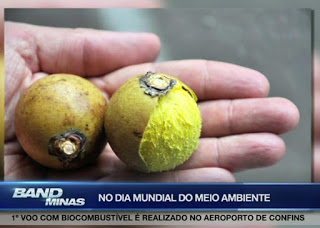
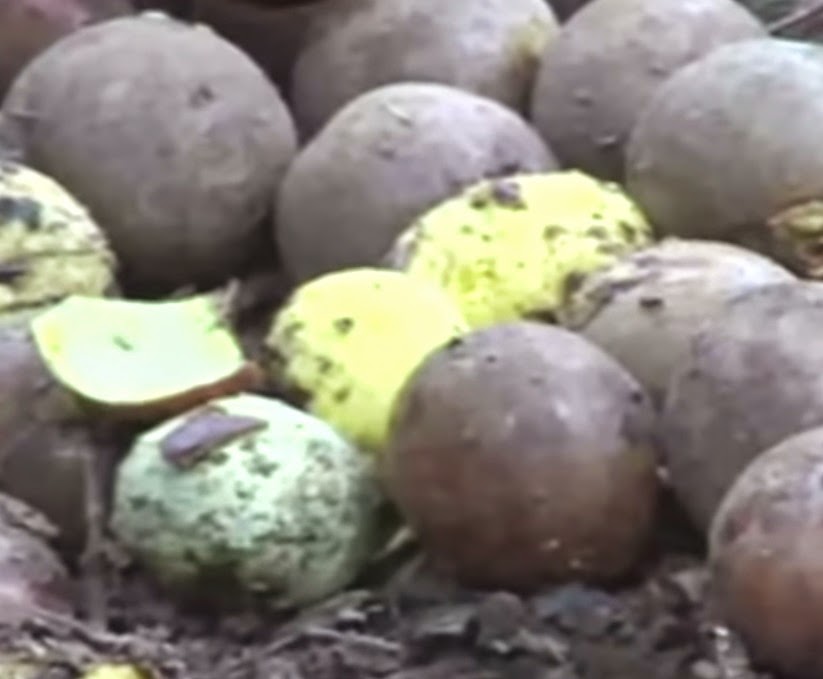
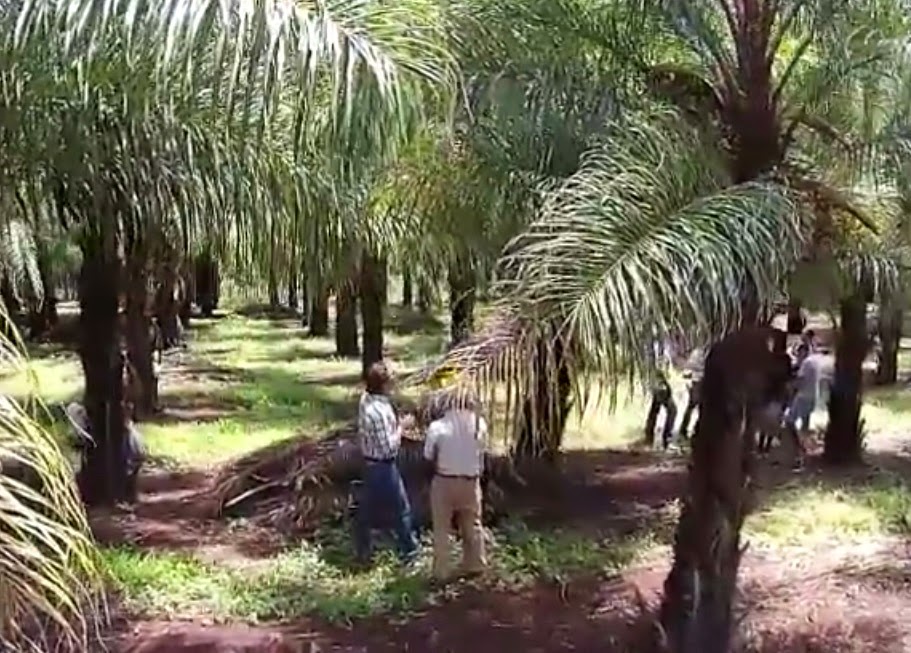

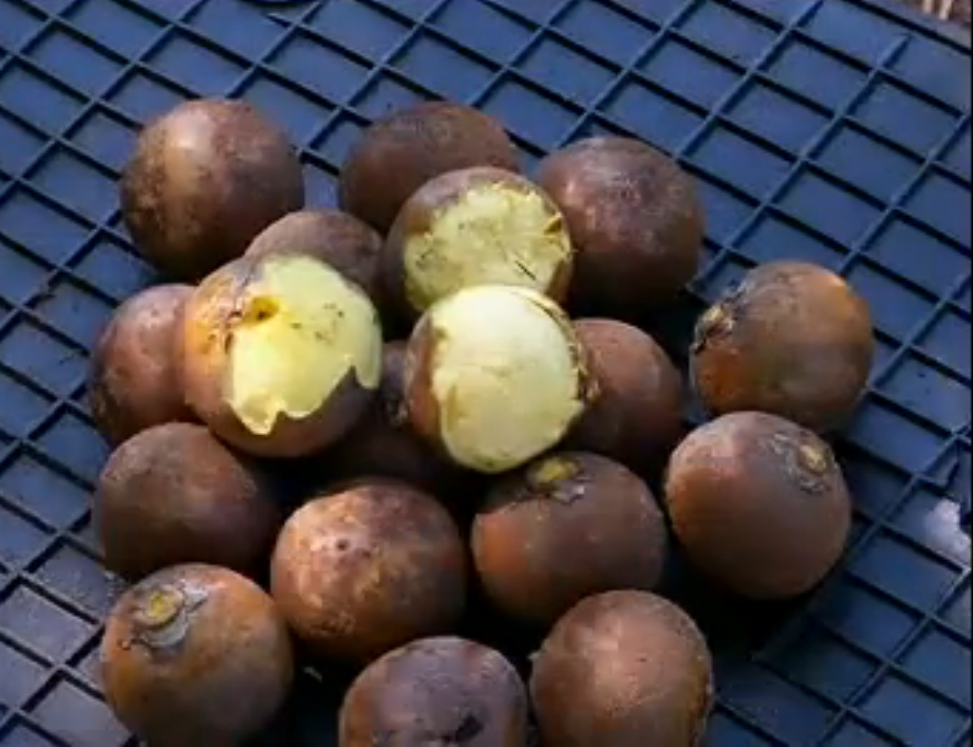
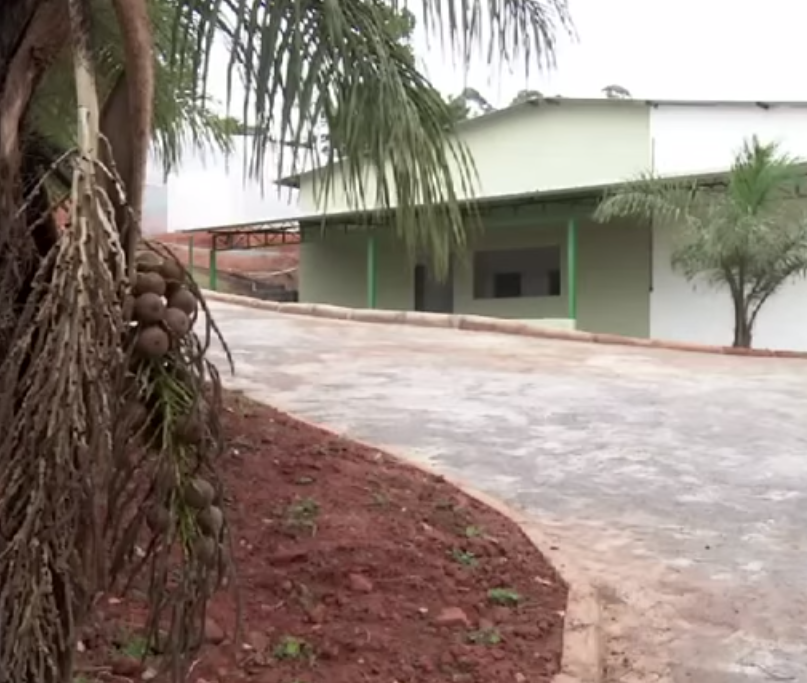
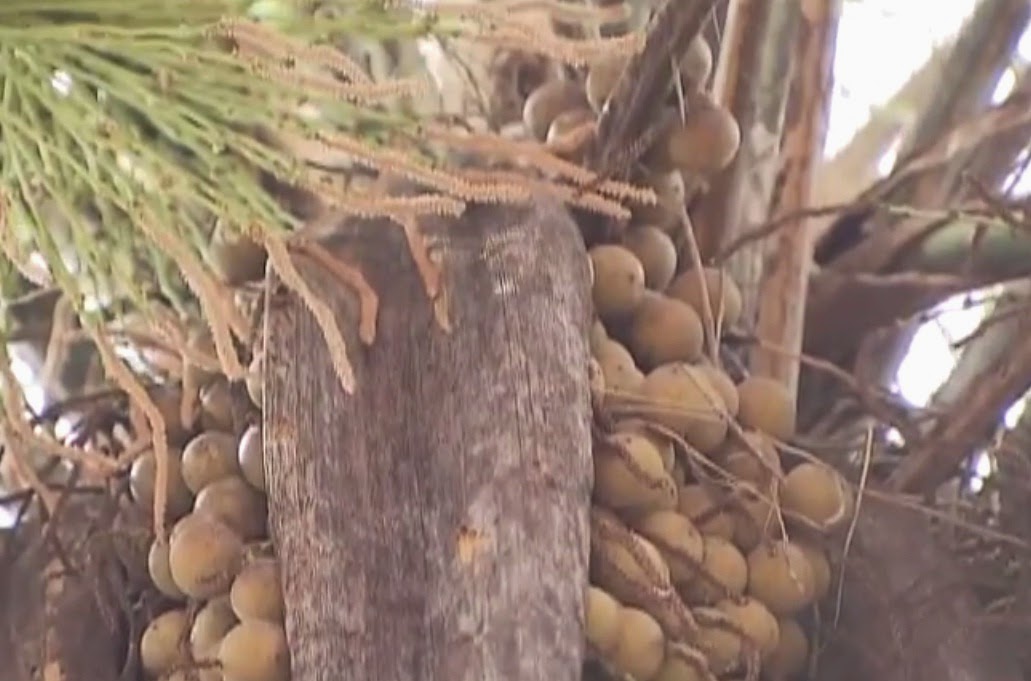
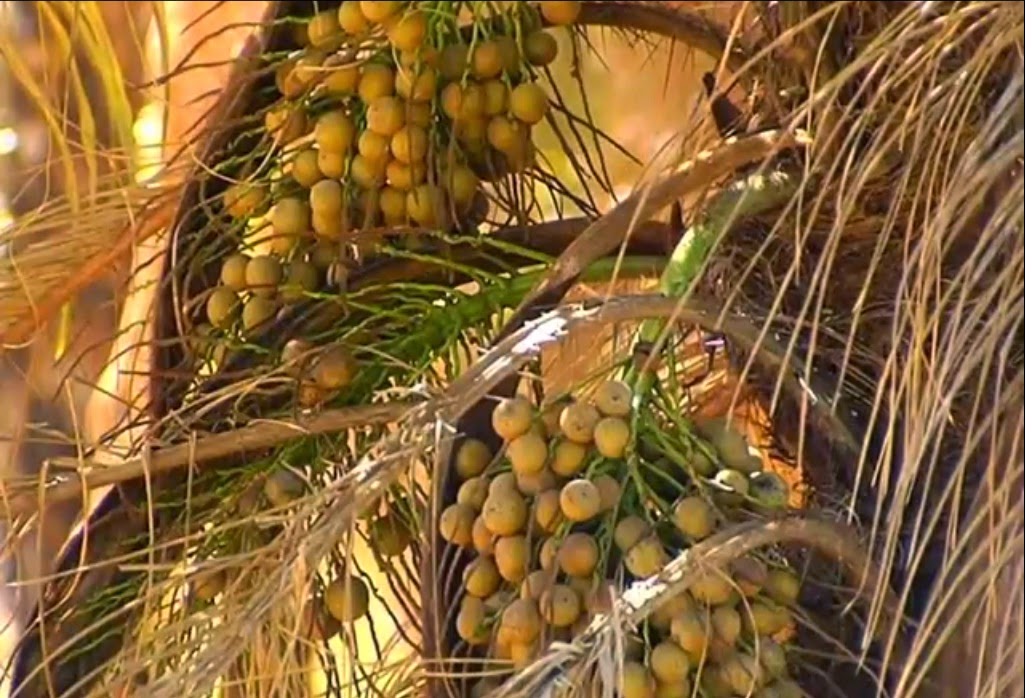

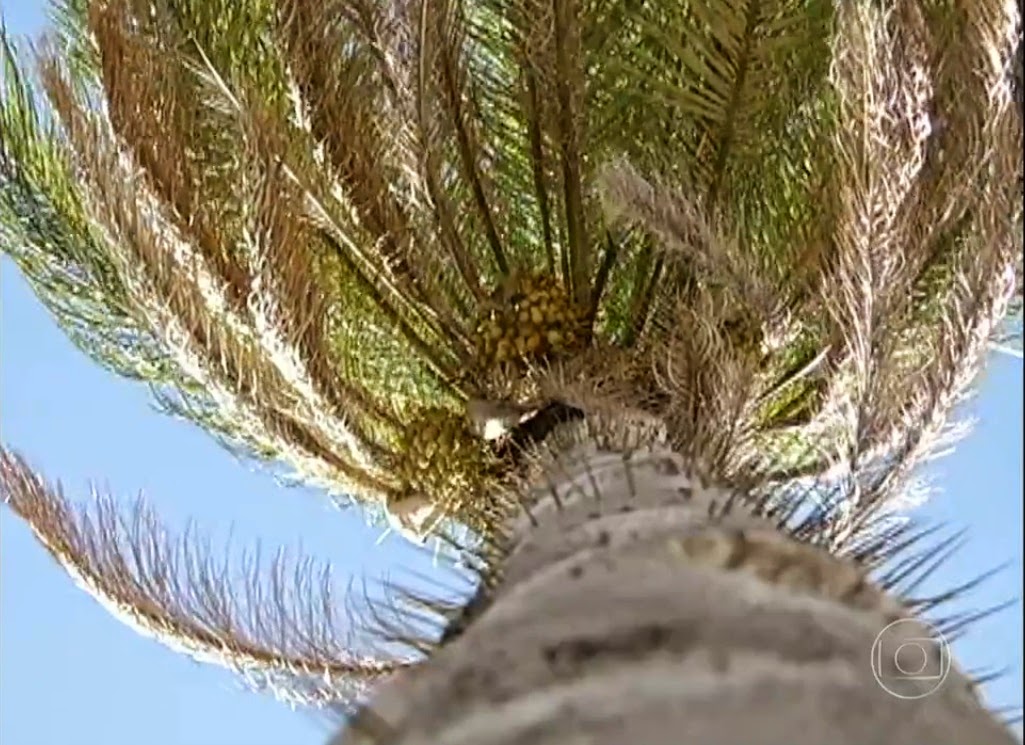

0 comentários
Agradecemos seu comentário! Volte sempre :)